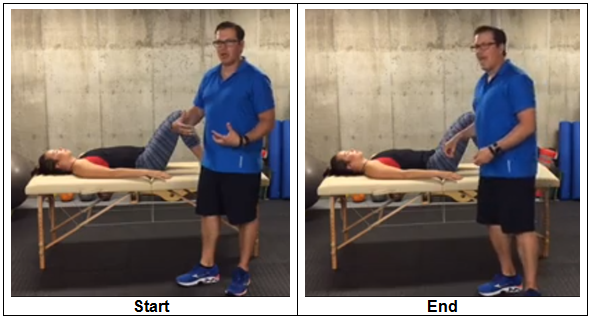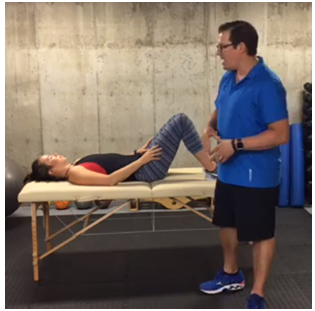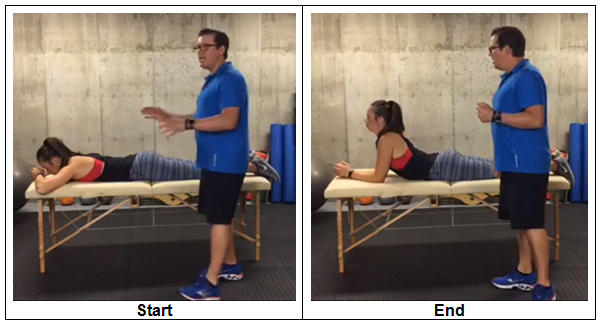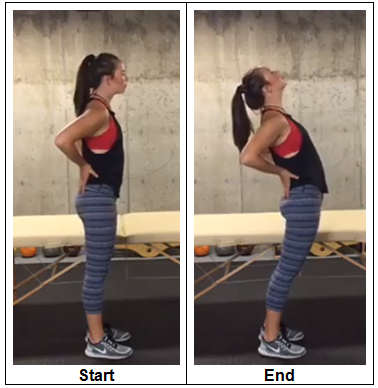Disc Herniation or know by many as “slipped disc” is a hernia in the disc that occurs when the soft inner part of the disc protrudes or moves outside of its regular shape. When we look at it, the disc tends to be oval in shape. But what can happen with time is that a part of that oval can protrude or push out. For a lot of us, that’s perfectly fine and normal. Many of us have some disc protrusion or herniation without any symptoms – back pain or nerve pain. But a small percentage of people will experience back or nerve pain because that protrusion is already pushing on the nerves.
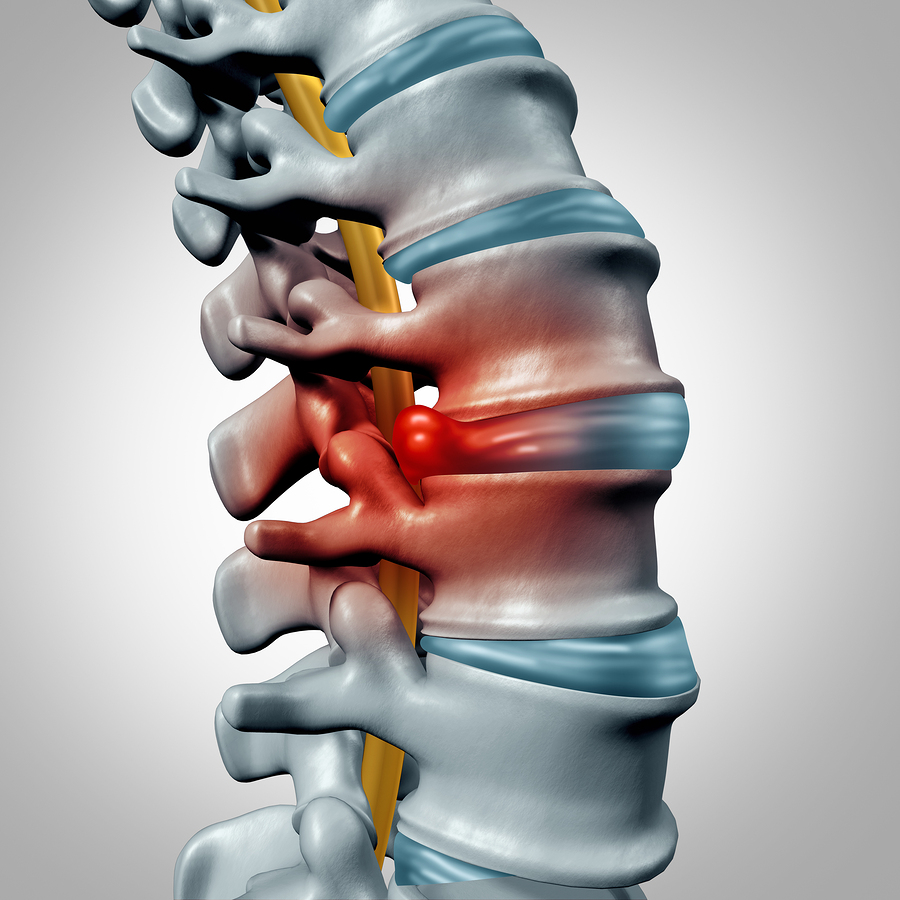 Causes of Disc Herniation or Slipped disc:
Causes of Disc Herniation or Slipped disc:
- Twisting and Turning Motions
This is most especially if you’re exercising with loaded weights and you twist your upper body this can lead to an increased chance for disc herniation.
- Lifting Heavy Objects
Over a period of time has increased the risk of disc herniation most especially if you often carry heavy objects
- Weak Muscles
- Trauma or Previous Accidents
Oftentimes, disc herniation is more common in older adults because of the wear and tear of the spine.
Tips to Lower the Risk of Disc Herniation:
- Careful Lifting
When lifting heavy objects, you should bend on the hips and not on your back. You should utilize the strong muscles in your legs and glutes when lifting as opposed to utilizing your lower back.
- Avoid Prolong Sitting
If you’re working, get up and move away from your desk and try to move around every 30 or 45 minutes in order to decrease the pressure that’s happening in the spine
- Stay Active
Do some back and leg strengthening exercises to keep your body healthy and strong.
5 Tips to Relieve Disc Herniation Back Pain
#1 – Belly Breathing
Lie on your back with your knees bent and feet flat, relaxing your neck and upper body. Place your hands to the side. Inhale by filling your stomach with air. The keyword is abdominal breathing and not chest breathing. Exhale by breathing out any tension in the muscles around your upper body and lower back. Repeat the movement.
Start off with 1 set of 5 repetitions. Perform this exercise in a smooth controlled breathing. The intensity is light. The purpose of this exercise is to decrease the stress and muscle tension in the back.
#2 – Abdominal Activation
Lie on your back with your knees bent and feet flat, relaxing your neck and upper body. Place your hands to the side. Contract your abdominal area and hold the position for 2-10 seconds. Relax your core and repeat the movement.
Start off with 1 set of 5 repetitions, ideally for 2-10 seconds. Perform this exercise in a smooth controlled movement with a good hold at the end position. The intensity is light. The purpose of this exercise is to help improve the activation, endurance, and strength of the abdominal muscles.
#3 – Cobra Pose
Lie on your stomach with your feet shoulder-width apart and maintaining good alignment with your head, shoulders, hips, and legs. Rest your forehead on your hands. Arch your back and lift your upper body on your forearms. Hold the position for a couple of seconds. Return to the starting position and repeat the movement.
Start off with 1 set of 5 repetitions. Perform this exercise in a smooth controlled movement with a good hold at the end position. The intensity is light. The purpose of this exercise is to work on counteracting the disc herniation and also to help with the mobility and movement in the low back area.
#4 – Upward Facing Dog
Lie on your stomach with your feet shoulder-width apart and maintaining good alignment with your head, shoulders, hips, and legs. Bend your elbows and place your hands by the shoulder level. Straighten your arms out to push and arch your upper body up, keeping your lower body in good alignment. Return to the starting position and repeat the movement.
Start off with 1 set of 5 repetitions. Perform this exercise in a smooth controlled movement with a good stop at the end position. The intensity is light. The purpose of this exercise is to work on counteracting the disc herniation and also to help with the mobility and movement in the low back, pelvis, and mid back area.
#5 – Back Bend
Begin in an upright standing position. Place your hands on your lower back or upper pelvis area. Arch your back, focusing on the movement happening in your lower back area. Return back to the starting position and repeat the movement.
Start off with 1 set of 5 repetitions. Perform this exercise in a smooth controlled movement with a good stop at the end position. The intensity is light. The purpose of this exercise is to work on counteracting the disc herniation and also to help with the mobility and movement in the spine, pelvis, and mid back area.
Take Care,
Rick Kaselj. MS
.

